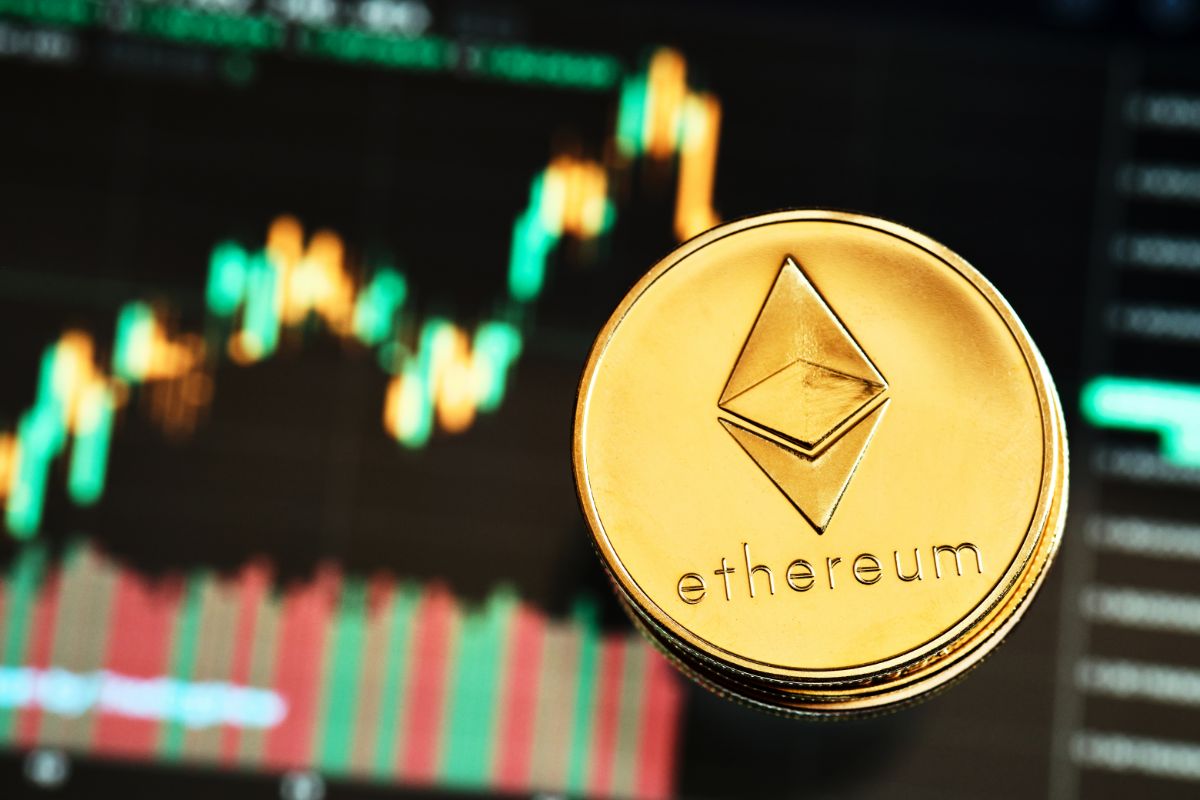If you’re looking to mine cryptocurrency, you may have considered whether it is worth mining Ethereum and how long it would take if you did.
In this article, we will look at how to mine Ethereum, how long it takes, and whether it is profitable enough to be worth mining at all.

What Is Ethereum?
Ethereum is the second leading form of cryptocurrency behind Bitcoin. It has a current market capitalization value of over $232 billion, making it a very popular and valuable coin.
Ethereum has seen a steep increase in its value since its launch and has been very profitable for those who chose to invest in it.
The official name of the token is Ether, but it is commonly referred to as Ethereum because of the Ethereum blockchain platform.
How Do I Mine Ethereum?
Before seeing how long it will take to mine one Ethereum, it’s important to understand how the process works.
You should also be aware that the method of mining Ethereum is due to change later in 2022 to a purely staking mechanism.
However currently, you can still mine Ethereum and this can be done in a number of ways.
Pool Mining
This is the easiest and quickest way to begin mining Ethereum. With pool mining, you join forces with other users and share anything that is mined.
When mining Ethereum, computers work to solve cryptographic puzzles and whoever solves the puzzle first gets to add a block to the chain and receives an ether token in return.
Currently, each block solved is rewarded with two ethers and the priority fees associated with the block. New blocks are added around every 15 seconds, so you can see that Ethereum mining is still very popular.
When you are part of a pool, any ethers received are split among the pool members. This isn’t necessarily an even share, however, as it depends on the hash power each user contributes to the pool.
There are also pool fees to consider and most pools will have a minimum payout level that will need to be obtained before you can withdraw your payment.
Solo Mining
Mining individually removes many of the problems associated with pool mining. You don’t need to worry about pool fees or how rewards will be distributed as everything mined will belong entirely to a single user.
However, solving the Ethereum puzzles is a very lengthy process and is virtually impossible for one computer to do alone in a reasonable amount of time.
To successfully solo mine, you will need a farm of several GPUs and this is mainly reserved for professional miners.
The amount of money needed to set up the hardware and pay for the electricity makes this prohibitively expensive for many individuals.
Cloud Mining
Cloud mining involves using someone else’s hardware for the mining and paying them a fee. Your payment gives you access to their computing power and any rewards that are received.
If you do choose the cloud mining route, we would recommend using an established cloud mining platform.
Make sure you thoroughly research the individual or platform you choose to pay as there are many instances of people being scammed.
How Long Does It Take To Mine 1 Ethereum?

The length of time it takes to mine one Ethereum depends on a number of factors, the most important of which is your hash rate or hashing power.
For example, if you are running a GPU that hashes at around 500 MH/s (millions of hashes per second) it will take around seven and a half days. If your hash rate is lower, it will take longer than this.
Is Ethereum Mining Profitable?
Yes, but it all depends on how much you have to pay for electricity and what hardware upgrades you need to make first.
Before deciding to mine Ethereum, we would recommend using an Ethereum profitability calculator to check your figures.
You can input your electricity costs, any pool mining fees, and your hashing power to see what your profit is likely to be and whether mining Ethereum is worth mining for you.
Ether Staking Vs. Ether Mining
As we mentioned earlier, classic Ethereum mining (Proof-of-Work) is due to end sometime in 2022.
Once this is over, the only method for gaining more Ethereum other than purchasing it will be via Ethereum staking (Proof-of-Stake).
This change means that Ethereum will no longer be generated by solving cryptographic puzzles as it has been in the past.
Instead, you will need to deposit a stake to activate validator software and gain rewards.
You will need a minimum of 32 ether to stake if you wish to run your own Ethereum validator, but lower amounts can be staked through a staking service.
You will find that many popular crypto exchanges and decentralized services already offer ether staking.
Much like Ethereum mining, you can also enter an Ethereum staking pool.
The pools don’t require the minimum entry fee of 32 ether either, but will still charge fees and distribute the rewards proportionally among the members.
If you do decide to start ether mining before it is permanently ended, you can then redirect your mining to another blockchain that uses the same Proof-of-Work mechanism.
The easiest chain to change to will be Ethereum Classic (ETC) as it is virtually identical.
Final Thoughts
The length of time it takes to mine Ethereum depends entirely on your hashing power. Lower hashing powers will take much longer, but the highest hashing powers can mine one Ethereum in around seven and a half days.
Mining Ethereum can be very profitable if approached in the correct way.
Mining Ethereum will become obsolete some time in 2022, so starting to mine Ethereum now will only be a short-term measure that may not be profitable enough to consider.
For long-term mining, we would recommend choosing Ethereum staking instead.
- Dividend Growth Investing for Millennials - February 27, 2025
- The Ultimate Guide to Investing in Precious Metals Today - December 6, 2024
- Essential Cryptocurrency Trends: What You Need to Know - December 6, 2024

